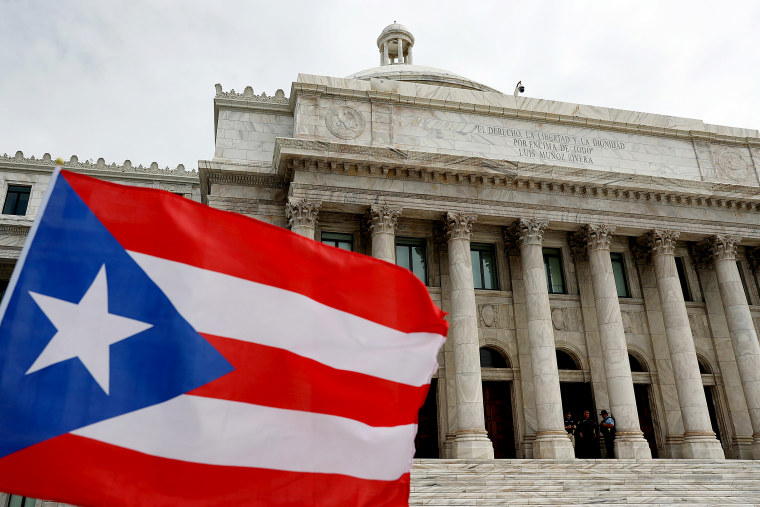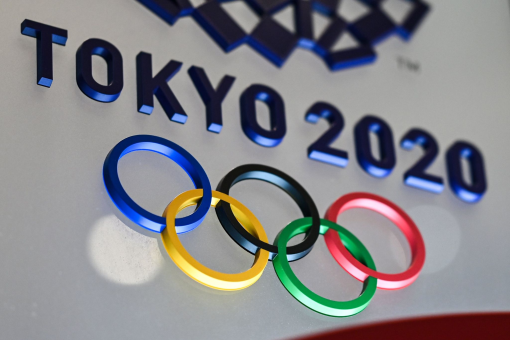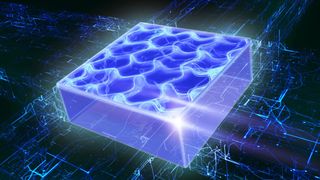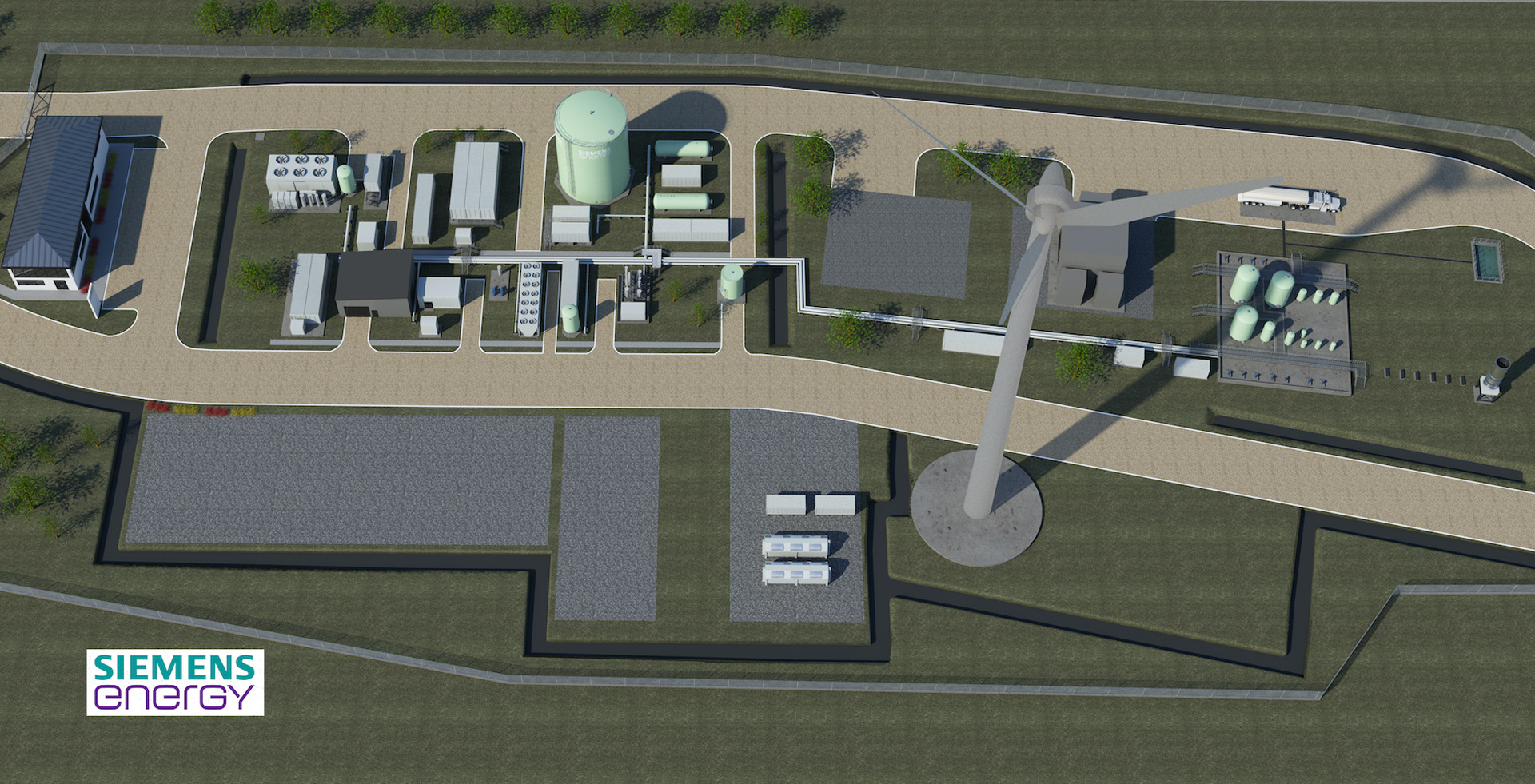North Carolina and Haiti earthquakes compared
Posted August 21, 2021
By Tony Rice, NASA Ambassador
The 7.2 magnitude earthquake which rocked Haiti on August 14 came a few days after the year anniversary of the 5.1 near Sparta, North Carolina. A few days later a 2.7 magnitude earthquake was felt in Morganton, NC, 57 miles to the southwest of Sparta.
The 2020 Sparta earthquake was the strongest in North Carolina in a century. It buckled roads, broke water and sewer lines, and damaged hundreds of buildings. But only a single injury was reported. The earthquake occurred when stresses built up an a thrust fault about 2.3 miles under the Blue Ridge Mountains were suddenly released.
The 2021 Haiti earthquake was the strongest in 250 years. It occurred with similar sudden movement along the northern edge of the Caribbean plate which runs the width of the country.
The death toll has risen beyond 2,000. Though 2010's 7.0 quake was about half as strong, but centered closer to the densely populated capitol city of Port-au-Prince, resulting in tens of thousands of deaths or more.
What causes earthquakes
The Earth's crust is made up of a series of plates that move against each other. This builds up stress along fault lines which can only be held in place by friction for so long. Earthquakes are the result of that energy being released.
The greatest energy is released in the mainshock which are often followed by numerous aftershocks that can continue for days or more as remaining energy is released and the plates settle into the new position. A little bit of that energy is sometimes released in relatively small foreshocks,
Western North Carolina felt at least four foreshocks ranging in magnitude 2.1-2.6 in the 25 hours before the mainshock last year. An additional 20 aftershocks of up to magnitude 2.9 occurred over the next two days
No foreshocks were measured before the 7.2 mainshock in Haiti but an additional 20 aftershocks over magnitude 4.0 have been measured in the area in the six days that followed, including four of magnitude 5 or higher.
Measuring earthquake energy
The devastation builds quickly as these relatively small numbers go up. This is because each unit of magnitude represents nearly 32 times (10^1.5) more energy. Even a magnitude increase of just 0.2 doubles the power of an earthquake.
The most recent earthquake in Haiti released more than 1,400 times more energy than last year's quake near Sparta.
Aug 14, 2021, Haiti | |
|---|---|
M 2.7 Aug 17, 2021, Morganton, NC | 5.6 million times |
M 5.8 Aug 14, 2021, Haiti (aftershock) | 126 times |
M 5.1 Aug 9, 2020, Sparta. NC | 1,413 times |
| M 7.0 Jan 12, 2010, Haiti | 2 times |
An earthquake centered along the northern coast of Haiti near Cap-Haïtien on May 7, 1842 was estimated at magnitude 8.1. It was 22 times stronger than the recent 7.2 earthquake, triggering a tsunami in the area.
























